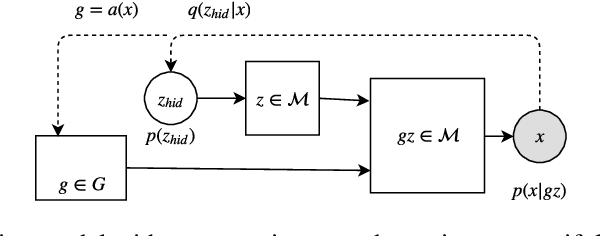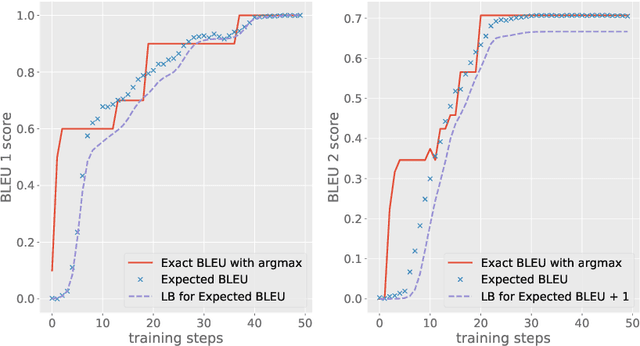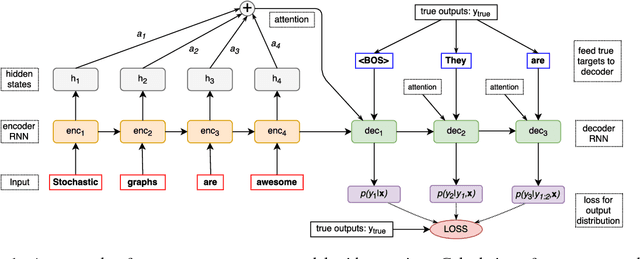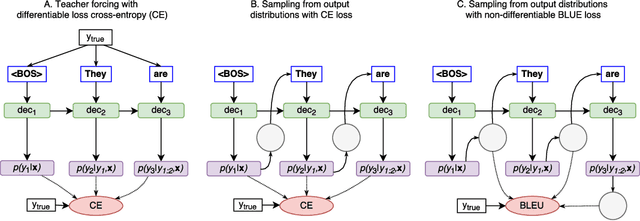Maksim Kretov
Few-shot classification in Named Entity Recognition Task
Dec 14, 2018



Abstract:For many natural language processing (NLP) tasks the amount of annotated data is limited. This urges a need to apply semi-supervised learning techniques, such as transfer learning or meta-learning. In this work we tackle Named Entity Recognition (NER) task using Prototypical Network - a metric learning technique. It learns intermediate representations of words which cluster well into named entity classes. This property of the model allows classifying words with extremely limited number of training examples, and can potentially be used as a zero-shot learning method. By coupling this technique with transfer learning we achieve well-performing classifiers trained on only 20 instances of a target class.
Embedding-reparameterization procedure for manifold-valued latent variables in generative models
Dec 06, 2018



Abstract:Conventional prior for Variational Auto-Encoder (VAE) is a Gaussian distribution. Recent works demonstrated that choice of prior distribution affects learning capacity of VAE models. We propose a general technique (embedding-reparameterization procedure, or ER) for introducing arbitrary manifold-valued variables in VAE model. We compare our technique with a conventional VAE on a toy benchmark problem. This is work in progress.
Differentiable lower bound for expected BLEU score
Aug 23, 2018
Abstract:In natural language processing tasks performance of the models is often measured with some non-differentiable metric, such as BLEU score. To use efficient gradient-based methods for optimization, it is a common workaround to optimize some surrogate loss function. This approach is effective if optimization of such loss also results in improving target metric. The corresponding problem is referred to as loss-evaluation mismatch. In the present work we propose a method for calculation of differentiable lower bound of expected BLEU score that does not involve computationally expensive sampling procedure such as the one required when using REINFORCE rule from reinforcement learning (RL) framework.
Using stochastic computation graphs formalism for optimization of sequence-to-sequence model
Dec 15, 2017


Abstract:Variety of machine learning problems can be formulated as an optimization task for some (surrogate) loss function. Calculation of loss function can be viewed in terms of stochastic computation graphs (SCG). We use this formalism to analyze a problem of optimization of famous sequence-to-sequence model with attention and propose reformulation of the task. Examples are given for machine translation (MT). Our work provides a unified view on different optimization approaches for sequence-to-sequence models and could help researchers in developing new network architectures with embedded stochastic nodes.
 Add to Chrome
Add to Chrome Add to Firefox
Add to Firefox Add to Edge
Add to Edge